In the heart of the Sacred Valley of the Incas, some 3500 meters above sea level, lies one of the most enigmatic and fascinating archaeological sites of the ancient Inca Empire: Moray. With its impressive circular terraces and mysterious history, Moray represents not only a feat of agricultural engineering, but also a testament to the ingenuity and sophistication of the Inca civilization. This site is not as well known as Machu Picchu or Sacsayhuaman, but its scientific, cultural and symbolic importance makes it a must-see destination for those who wish to understand more deeply the link between the Incas and the land.

What is Moray?
Moray is a complex of agricultural terraces in the form of an amphitheater, composed of several concentric circular complexes, built with impressive precision. These artificial depressions were designed in such a way that each level has its own microclimate. This feature makes Moray what many archaeologists consider to be the world’s first agricultural laboratory. The site is composed of three main structures, the largest being the deepest, with approximately 30 meters from the top edge to the lowest level. Each terrace has a height difference of about 2 meters from the previous one, and temperatures between the top and bottom can vary by as much as 15 °C.
Purpose and function
One of the most fascinating aspects of Moray is its apparent function as a center for agricultural experimentation. Apparently, the Incas used these terraces to adapt crops to different climatic conditions, simulating the diverse ecosystems present in the Andes. Each level offered a different combination of temperature, humidity and sun exposure, which allowed them to study the reaction of the plants. It is believed that here they experimented with varieties of corn, potato, quinoa and other Andean crops, which were later transferred to other regions of the empire. This ability to manipulate the environment and develop efficient agricultural techniques was one of the keys to the success of the Inca Empire, which managed to feed millions of people in a territory of extreme geography.
Hydraulic engineering and sustainability
Moray’s irrigation system is another example of Inca wisdom. Each terrace is connected by canals and drains that allow an even distribution of water. In addition, it has been proven that under the terraces there are natural drainage systems that prevent the accumulation of water, which could have deteriorated the structures over time. This system also helps maintain the moisture needed for crop growth, demonstrating a deep understanding of ecological balance. The sustainability of these practices is remarkable: despite the centuries that have passed, the site is still functional and many of the principles used at Moray could be replicated today to address the challenges of climate change.
Symbolism and Andean cosmovision
In addition to its practical utility, Moray has a deep spiritual meaning in the Andean cosmovision. Its circular shape, which evokes the symbol of the Andean chacana or cross, suggests a relationship between the sacred and the everyday. For the Incas, agriculture was not only an economic activity, but an act of communion with Pachamama (Mother Earth). The fact that Moray is oriented in a particular way, following astronomical alignments, reinforces the idea that this site may also have served as an agricultural calendar or ceremonial center linked to solar and lunar cycles.

Discovery and modern studies
Although known to local farmers for centuries, Moray was officially documented in the 1930s by explorers and archaeologists. Since then, it has been the subject of numerous scientific studies. Research conducted by the Peruvian National Institute of Culture and foreign universities has confirmed many of the hypotheses about the agricultural use of the site, although many questions remain to be answered. For example, it is still not known with certainty how the Incas managed to modify the temperature between terraces with such precision, nor how many species of plants were cultivated there.
Tourism and Access
Moray is located about 50 kilometers northwest of Cusco and only 7 kilometers from the picturesque town of Maras, known for its famous salt mines. It is possible to visit both sites in a single day, offering a unique experience that combines archeology, natural landscapes and living culture. Moray can be accessed by private vehicle, with a guide or by bicycle for the more adventurous. The tour offers impressive views of the Andes and the valley, and the site has basic tourist services such as signposted entrances, guides and rest areas. Although it does not yet have the same tourist flow as other Cusco attractions, Moray is growing in popularity thanks to interest in sustainable tourism, agro-tourism and experimental archeology.
Moray in the context of the Inca Empire
Within the grand scheme of the Tahuantinsuyo (the Inca Empire), Moray fulfilled a specialized function that complemented other large centers such as Pisac, dedicated to astronomical observation, or Ollantaytambo, with defensive and administrative functions. This reinforces the idea that the Incas were a deeply organized civilization that integrated science, religion and administration harmoniously. Each site had a purpose, and all were interconnected through the Qhapaq Ñan, the extensive network of Inca roads that connected the empire from north to south.
Moray today: between science, tourism and heritage
Today, Moray is a meeting point between the past and the future. Local farmers, international researchers and visitors from around the world gather in this space where history and innovation intertwine. At a time when food security and climate change adaptation are global concerns, Moray offers an ancient lesson: it is possible to live in harmony with nature using traditional knowledge and science. Recent initiatives seek to promote Moray as an educational space, where workshops on permaculture, ancestral agricultural engineering and agroecology are taught. They also promote its recognition as a World Heritage Site, which would guarantee its conservation for future generations.
Conclusions about Moray
Moray is an impressive example of Inca engineering and agricultural knowledge. Its circular terraces allowed the creation of microclimates that served as a laboratory to experiment and adapt crops to different altitudes. This center reflects the innovation, the connection with nature and the deep understanding of the environment by the Incas, becoming today a valuable historical and cultural heritage of Peru.




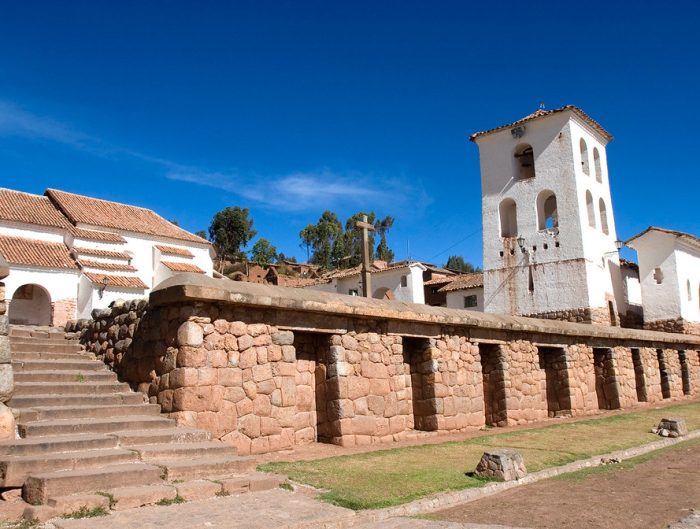
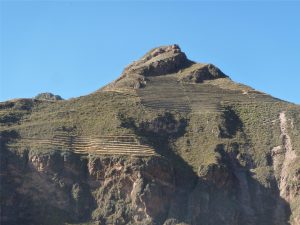
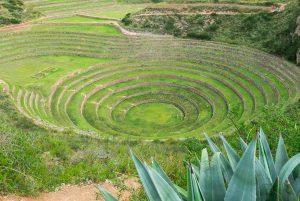
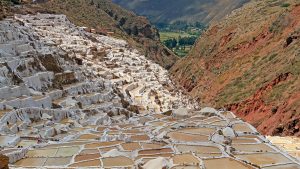

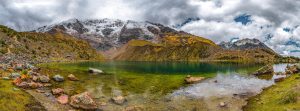

Leave A Reply